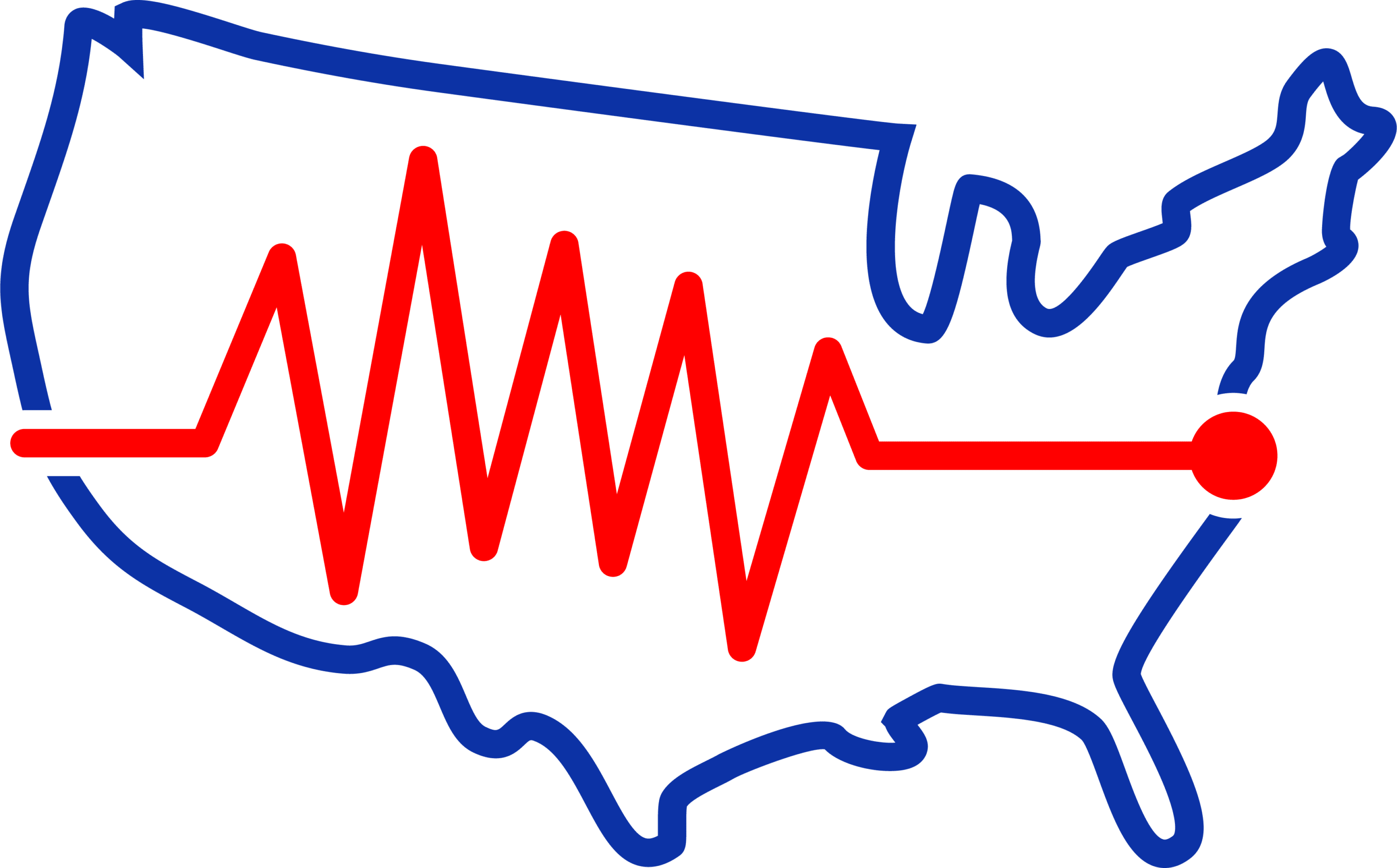The American Polygraph Association (APA) is a significant and influential organization in the field of polygraphy. Established in 1966, it serves as the world’s leading association dedicated to evidence-based scientific methods for credibility assessment. With a membership exceeding 2,700 professionals, the APA includes polygraph examiners in various sectors such as private, law enforcement, and government fields.
Key Functions and Contributions of the APA
- Professional Standards and Ethics: The APA is committed to promoting the highest standards of professional, ethical, and scientific practices. It has established a comprehensive Code of Ethics and Standards of Practice that guide the conduct and methodology of its members.
- Training and Education: The association plays a crucial role in providing training and continuing education to its members. This includes accredited polygraph training programs and advanced training approval processes. The APA also offers scholarships like the William J. Yankee Memorial Scholarship to support education in the field.
- Research and Development: The APA is actively involved in research and development within polygraph science. It contributes to the advancement of polygraphy through the publication of research findings, updates on techniques, instrumentation, analysis, and ethical practices. This ensures that its members stay at the forefront of the industry.
- Publications and Resources: Members have access to various publications, including the APA Magazine and Polygraph Journal, which contain articles, research papers, and updates in the field of polygraphy. The APA’s website serves as a comprehensive hub for professional resources in lie detection.
- Community and Networking: The association provides a platform for polygraph professionals to connect, share insights, and collaborate. This networking is essential for the growth and advancement of ethical and evidence-based practices in polygraphy.
- Advocacy and Standards Enforcement: The APA also engages in lobbying activities to promote its members’ interests at various governmental levels. It establishes minimum standards for the education and training of polygraphers and offers accreditation to programs that meet these standards.
The APA’s commitment to maintaining high standards and advancing the field of polygraphy positions it as a key organization in shaping the landscape of polygraphy in the United States and internationally. For more detailed information or specific inquiries, individuals can visit the APA’s website, though direct phone contact information may not be publicly listed, and online contact platforms are recommended for reaching out.
In addition to the APA, there are various other polygraph associations across the USA, each focusing on different aspects of polygraphy and serving specific regional or professional needs. These associations, like the APA, contribute to the wider field of polygraphy, ensuring the application of ethical practices and the advancement of knowledge in this area.
For more information, you can visit the American Polygraph Association’s website and the Wikipedia page on the American Polygraph Association.
In summary, the American Polygraph Association stands as a beacon of professionalism and ethical practice in the field of polygraphy. Its comprehensive approach to training, research, ethical standards, and public engagement makes it a respected and vital organization in the realm of lie detection and credibility assessment.

